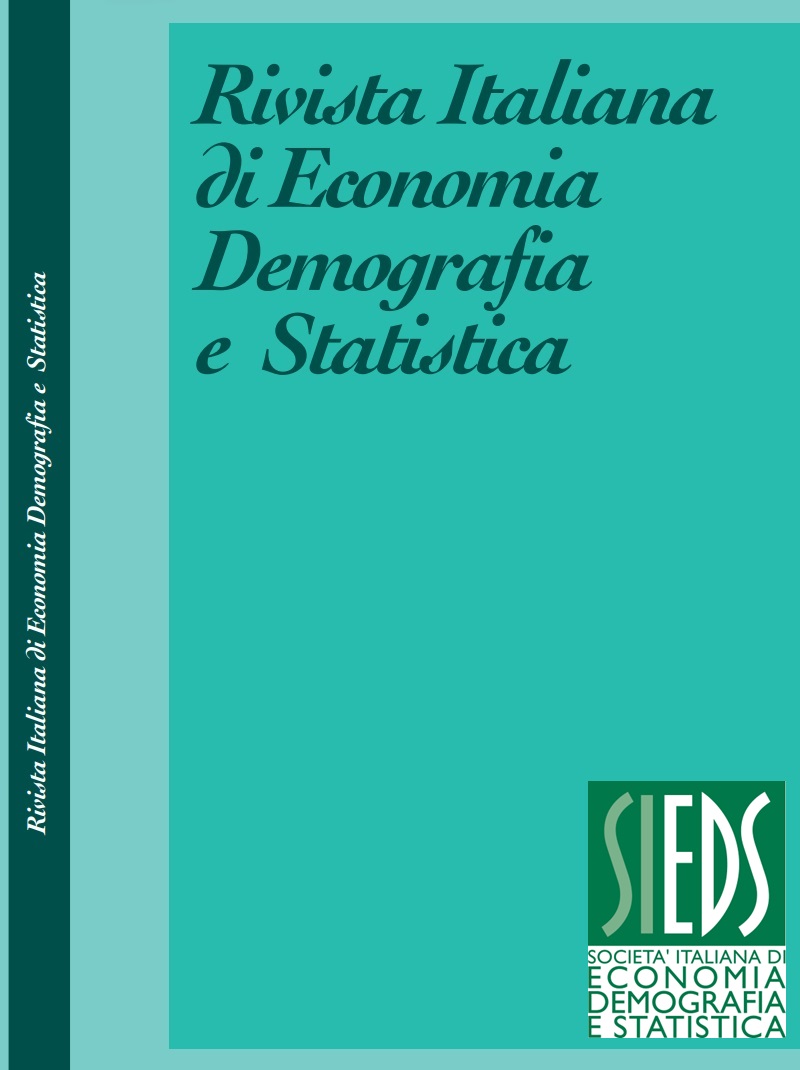The measurement of absolute poverty in Italy: an overview and a revision based on the database of real estate leases of the tax agency
Abstract
The absolute approach to poverty involves identifying basic needs (food, housing and non-food) and calculating the cost of the basket of goods and services required to meet these needs. The cost of the basket, differentiated by household type and territorial area, represents the poverty threshold, which should be exogenous to the distribution of the proxy variable used to assess economic well-being (consumption expenditures the Household Budget Survey). The methodology needs to be revised periodically to account for changes in basic needs and the availability of new data sources. In particular, Istat has now at its disposal the Database of real estate leases of the Tax Agency. This paper shows the results obtained through the use of this administrative source to review the monetary value of the rent component of the absolute poverty line. In fact, it is a census database with all leases existing at a given time, making it possible to avoid using the current methodology, which is based on a statistical model on Hbs data. In this way, two key advances can be achieved. First, it is possible to obtain rent thresholds that are completely exogenous to the Hbs data, in a way that is entirely consistent with the absolute approach. Second, it is possible to obtain a more disaggregated territorial classification for poverty estimates, at the regional.
Downloads
Published
Issue
Section
License
Copyright (c) 2023 Andrea Cutillo

This work is licensed under a Creative Commons Attribution 4.0 International License.



